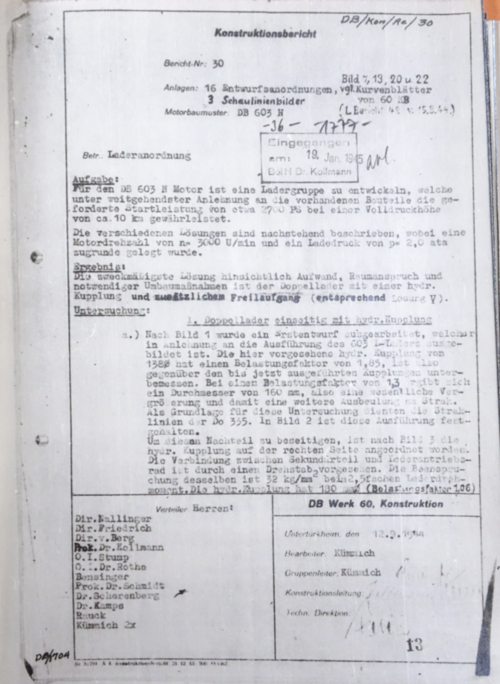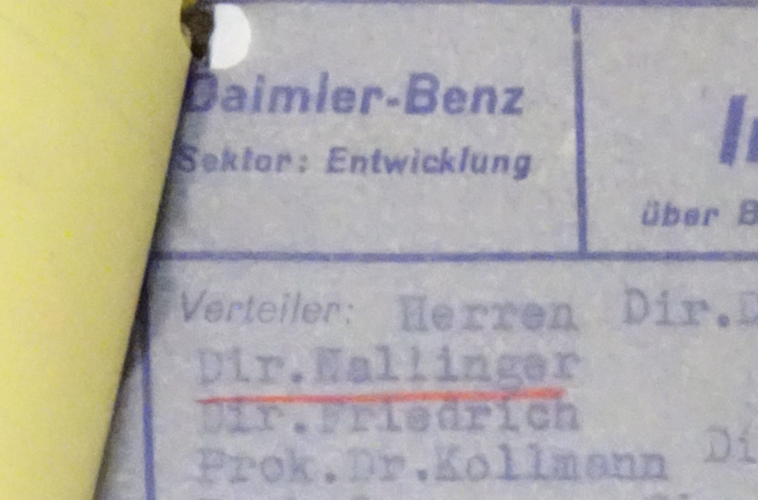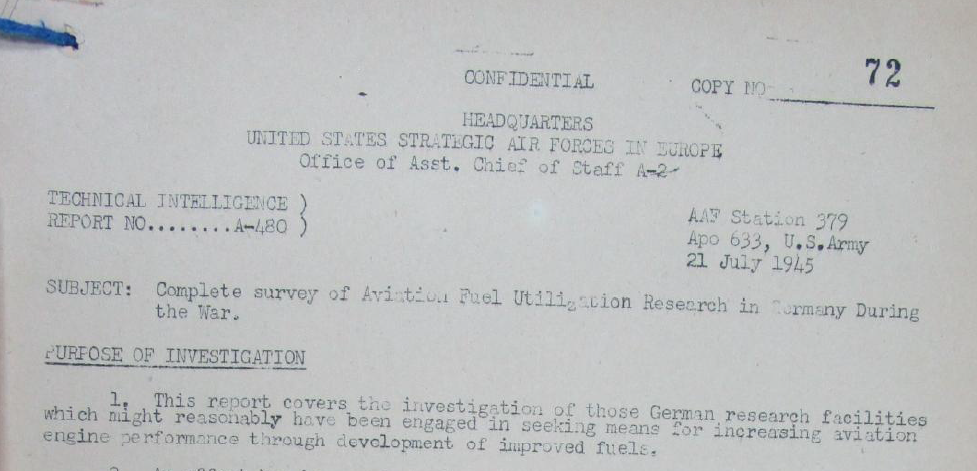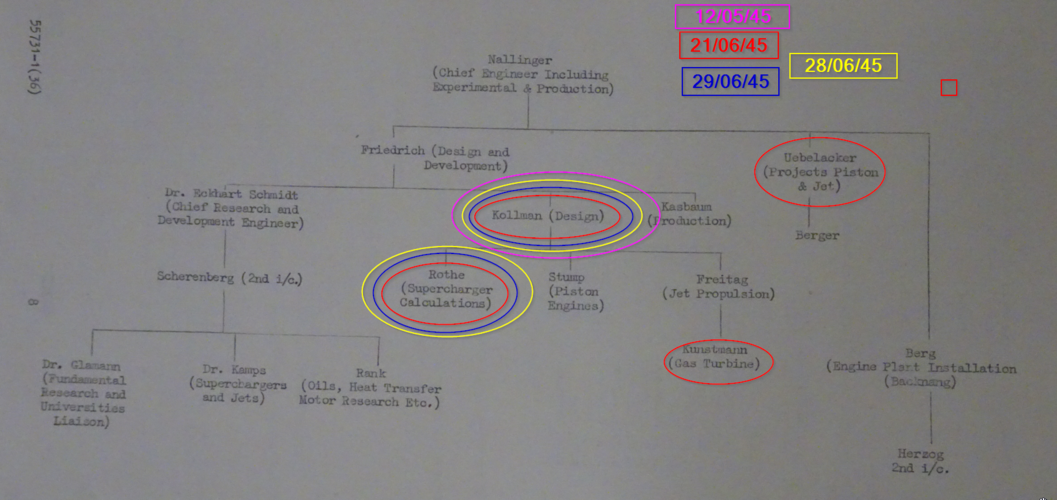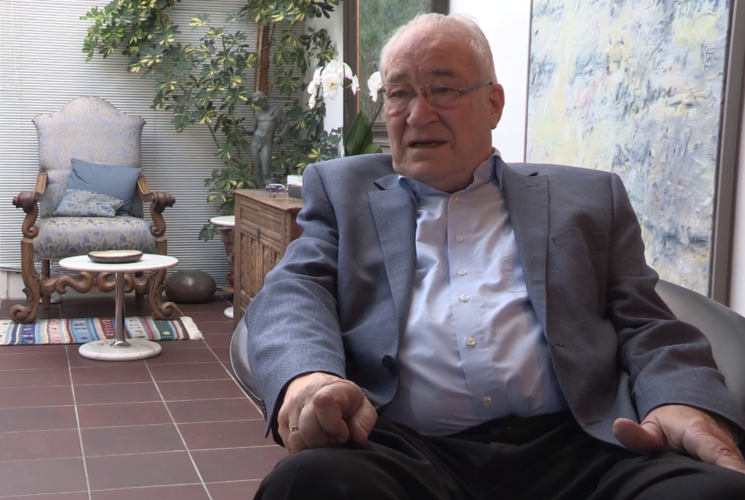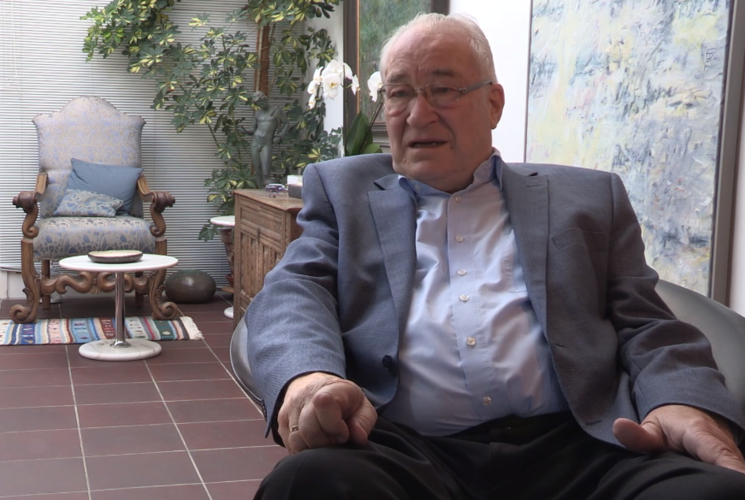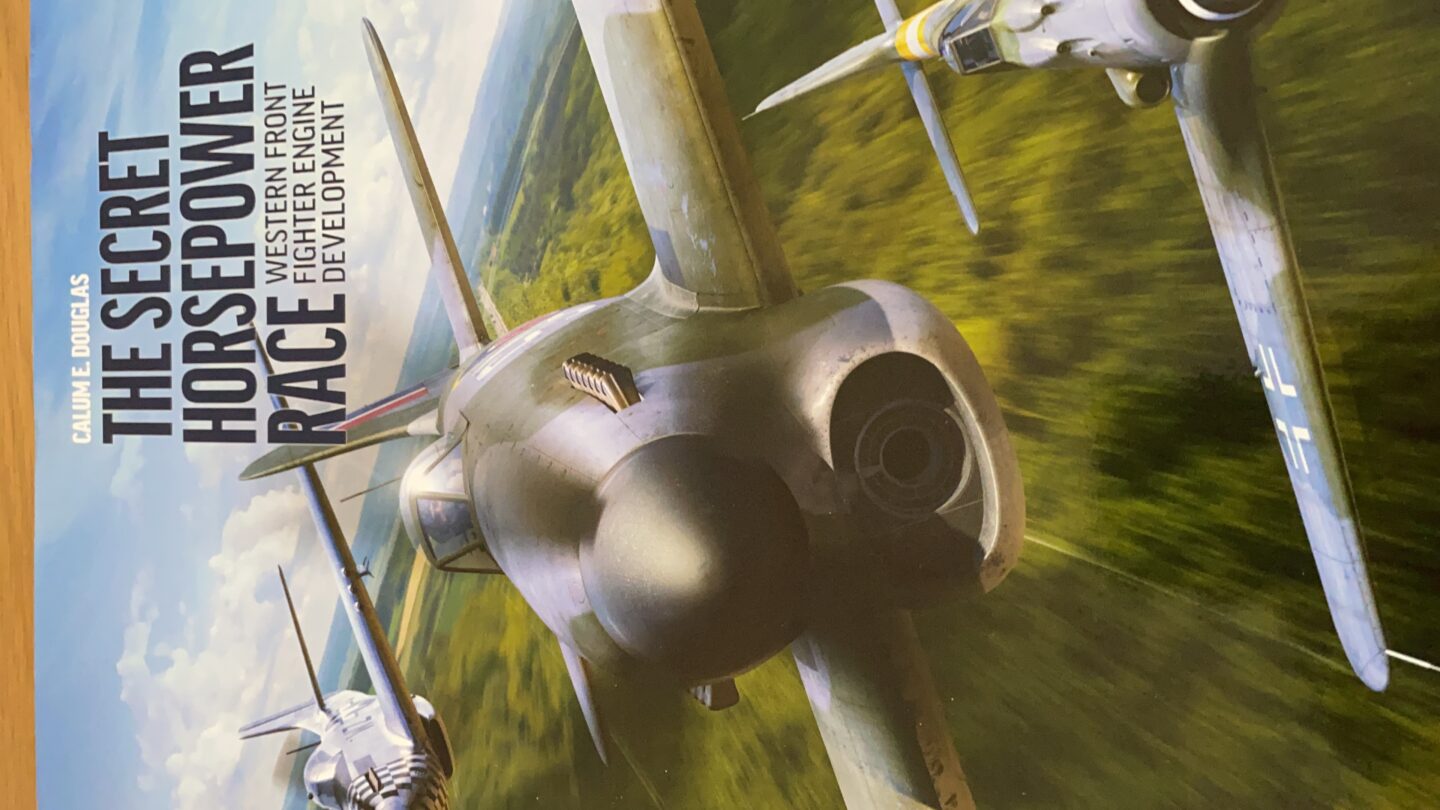Just got to the end of Chapter 2, on the eve of war, and I feel like I have already read a whole book. Totally absorbing, though there is so much detail I have to take it in short bursts.
Only one comment really, on Halford's role at Napier.
Montague Napier had designed the Lion, mainstay of British civil aviation for a decade. He led the company's design side into a complacent decline, fiddling with new projects but achieving nothing useful. They had become a one-product company and its days were clearly numbered. In 1928 he was persuaded to bring in Major Frank Halford, an independent engine design consultant with a reputation second to none (he had the ADC Cirrus and DH Gipsy lines to his credit, among others). His and other engine projects, such as license-building Junkers Diesels, proliferated.
When Napier died, HT Vane took over. Halford had three promising projects going, a modest straight-six which became the Javelin and two more advanced and much bigger H engines of 16 and 24 cylinders respectively the Rapier and the Dagger. During the development of the Rapier, Halford became unhappy with the bearings. He visited America and Napier's consequently become deeply involved in the development path to the revolutionary copper-lead-indium thin-wall bearings. Intriguingly the Dagger had auto-adjusting hydraulic tappets.
Against Vane's better instincts, the company would not wait. It diversified into industrial tractors and wanted to start making cars again. With Halford's engines still under development, Vane had no immediate alternative to offer. Matters came to a head and Vane resigned.
Sir Harold Snagge, a banker by profession, was then wheeled in from outside. He found the company living off very comfortable financial reserves but with no manufacturing income. He was as unimpressed by the motor vehicle side as had been Vane and quickly sold off what assets he could find. Far from being vain, Vane had been right all along. For a while Snagge ran Napier as an investment company which channelled some of its profits into aero engine development.
Halford joined the board of Napier's in 1935. (It is a delicious irony that at this point in time his counterpart at Cirrus, now Cirrus-Hermes, was one C.S. Napier of the same family.)
About this time the Air Ministry became interested in the Dagger, and all other projects, Halford and Junkers alike, were dropped. But Napier's knew the Dagger could only be a stopgap, based as it was on Halford's old 1928 roadmap. He immediately began work on a successor, still with the same H 24 configuration but bigger and more powerful and water-cooled, which would become known as the Sabre. As a part of this work, Halford sent a pile of Dagger data to his old sparring partner Harry Ricardo and this initiated a long period of Ricardo's involvement in the design.
(Principal sources:
Wilson & Reader; Men and Machines: D Napier & Son 1808-1958, Weidenfeld & Nicholson, 1958.
Taylor; Boxkite to Jet: The Remarkable career of Frank B Halford, Rolls-Royce Heritage Trust, 1999.)
Now, time to get into Chapter 3, methinks.

